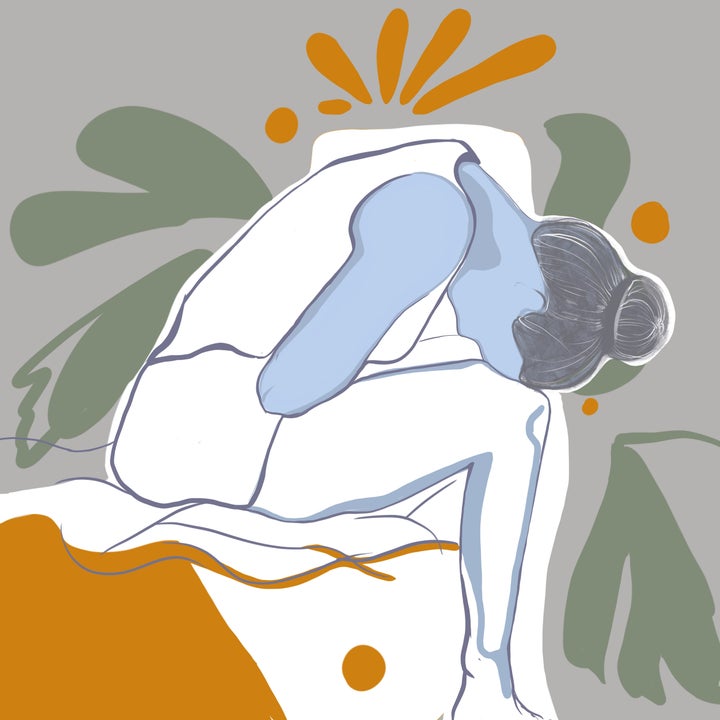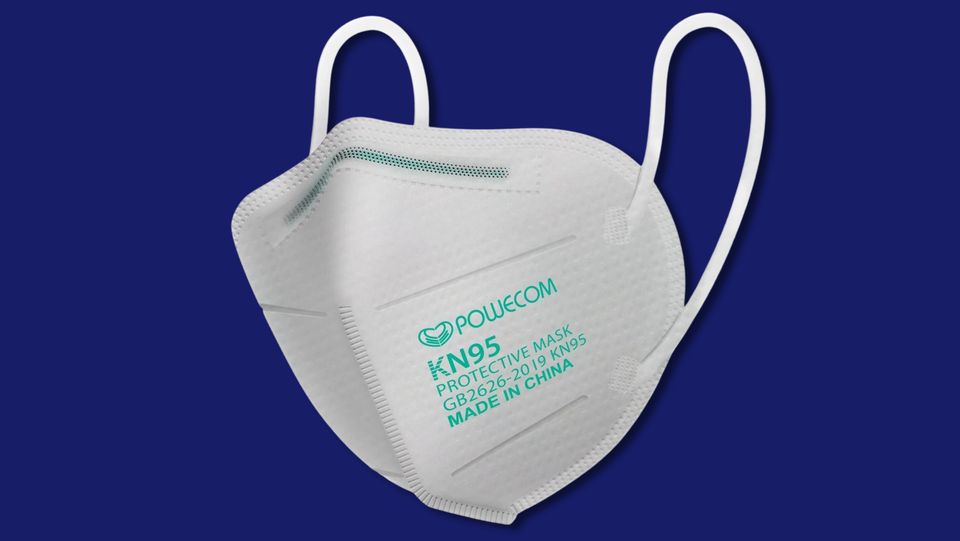As if there aren’t enough mysteries surrounding the coronavirus, the latest headlines have been about something called “COVID-19 rebound.” Some people experiencing this phenomenon are seeing a rebound in COVID-19 symptoms after taking Paxlovid, the five-day oral antiviral medication that stops the coronavirus from replicating in the body. Rebound symptoms are typically mild or on par with the original symptoms, and mostly include a sore throat, runny nose, headache and fatigue.
Though scientists don’t yet understand why some people experience a resurgence in symptoms, they suspect that the lingering virus is able to start replicating again after people stop taking Paxlovid. So far, none of the rebound symptoms have led to severe disease requiring hospitalization.
Infectious disease doctors say it’s worth knowing that rebounds can happen — as they could prolong one’s isolation — but really aren’t a reason not to prescribe the drug, as it continues to do a great job of keeping people out of the hospital.
“If I were to be prescribed Paxlovid, I would take it immediately, knowing that even if I were to have some rebound symptoms after completing the therapy, I know that at this point nobody has been admitted to the hospital because of rebound symptoms,” Anthony Baffoe-Bonnie, associate professor of infectious disease at the Virginia Tech Carilion School of Medicine and medical director of Carilion Clinic Infection Prevention and Control, told HuffPost.
What causes a rebound in symptoms?
Paxlovid is a five-day course of oral antiviral medications that blocks SARS-CoV-2 from replicating in the body and consequently helps prevent severe disease.
In a clinical trial, the drug was shown to be 89% effective at preventing hospitalization and death. The trial also found that about 1%-2% of people taking the drug experience a rebound in symptoms about two to eight days after finishing the full course — though a recent surge in news coverage about COVID-19 rebound has caused an increase in concern. Not everyone who takes Paxlovid will go on to experience a resurgence in symptoms. “Lots of people have taken Paxlovid and haven’t experienced rebound symptoms,” Baffoe-Bonnie said.
It’s unknown what causes some people to relapse, but the working theory is that at first, Paxlovid stops the machinery in the body that allows the virus to replicate, which leads to an improvement in symptoms. But, in some people, there may be some viral particles that continue to hang out in the body after the five-day antiviral course, explained Khalilah Gates, associate professor of medicine in pulmonary and critical care at Northwestern University’s Feinberg School of Medicine.
“Out of an abundance of caution, the CDC recommends people experiencing rebound symptoms prolong their isolation for another five days, then mask up for an additional five days.”
“When you stop the Paxlovid, and that machinery starts working again, it starts to replicate that lingering virus, and so you get symptoms again,” Gates said. If you had COVID-19 and recovered after taking Paxlovid, but then started to feel sick again a couple days after you finished the medication, Gates said you’re probably experiencing the rebound.
What to expect with rebound symptoms
So far, the rebound symptoms are similar to and often milder than the original symptoms. They also tend to resolve in about three to five days. A pre-print case study evaluated the resurgence of symptoms in eight non-immunocompromised people who had taken Paxlovid and found the relapse symptoms were mostly cold symptoms (like a sore throat) along with headache and fatigue.
There is no clear trend as to who might be more prone to experiencing a rebound. According to Gates, we don’t have enough case reports to identify who is at risk for a rebound, and at this point, the epidemiology of the rebounds appears to be completely random. “You can see it in individuals who are vaccinated, individuals who are not, individuals who are young, individuals who are old,” Baffoe-Bonnie said.
The only trend that seems to be persistent, he added, is that “none of the individuals who have had rebound to date have gotten sick and gone into the hospital to be hospitalized.”
Yes, eligible people should still take Paxlovid
Baffoe-Bonnie said that even with rebounds, Paxlovid is still an excellent drug. It’s highly effective at preventing people from getting severely sick and ending up in intensive care. “Those benefits are still seen with Paxlovid, whether you have rebound symptoms or not,” he said.

Patients who are at high risk for severe disease if they catch COVID-19 should still be prescribed Paxlovid, Baffoe-Bonnie said. This includes people who are immunocompromised along with people with cancer, older adults, diabetes, cardiovascular disease and lung conditions like asthma or COPD.
Gates has been educating all of her patients on the benefits and risks associated with Paxlovid. If she sees a healthy patient with COVID-19 who has no underlying health conditions, she lets them know Paxlovid is out there, but that they probably don’t need it. If a patient comes in with one or more risk factors, she still recommends Paxlovid but wants them to understand the risks — Paxlovid is known to interact with other medications, and a rebound in symptoms could mean they’d have to extend their isolation.
Gates prescribes Paxlovid on a case-by-case basis, and wouldn’t discourage anyone from using it simply due to the rebounds. “It’s important to factor it in, but it’s not a reason not to take it,” Gates said.
How to manage rebound symptoms
Because the rebound symptoms are similar to or milder than the first set of symptoms, infectious disease doctors are not recommending that people prolong their course of Paxlovid or start an alternative treatment like monoclonal antibodies.
The symptoms tend to resolve naturally in three to five days and can be alleviated through over-the-counter medications like acetaminophen, nasal sprays, cough syrups and decongestants.
It’s unclear if people experiencing rebound symptoms are contagious, or how contagious they may be. However, out of an abundance of caution, the Centers for Disease Control and Prevention recommends people experiencing rebound symptoms prolong their isolation for another five days, then mask up for an additional five days. “The safest thing is to consider those rebound cases infectious,” Gates said.
Gates doesn’t want people to think that the rebounds mean Paxlovid is not working. We need more information to understand why rebound symptoms occur, but the medication continues to be highly effective at reducing the severity of COVID-19.
“I don’t want the rebound’s mild illness to get in the way of the fact that this medication is one of the few medications that we have to treat COVID as an outpatient — [it’s] particularly beneficial for our patient population that is not vaccinated,” Gates said.
Experts are still learning about COVID-19. The information in this story is what was known or available as of publication, but guidance can change as scientists discover more about the virus. Please check the Centers for Disease Control and Prevention for the most updated recommendations.

